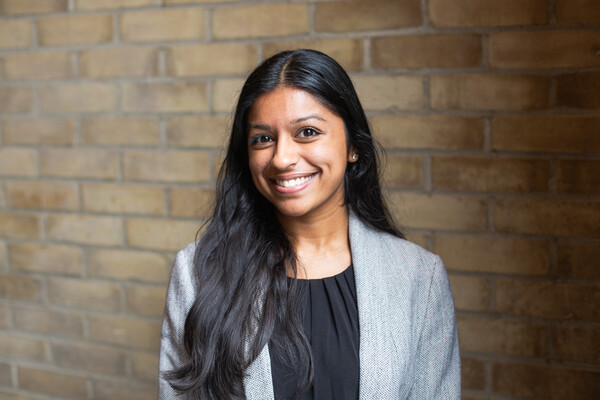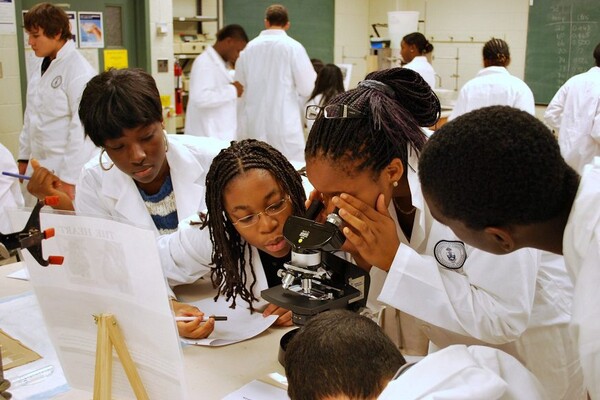Main Second Level Navigation
Aug 27, 2025
Over 60 high school students receive CPR certification through U of T programs
Students, Education, Partnerships, Inclusion & Diversity

High school students in the Summer Mentorship Program and STEAM Design practise compressions during a CPR certification class.



